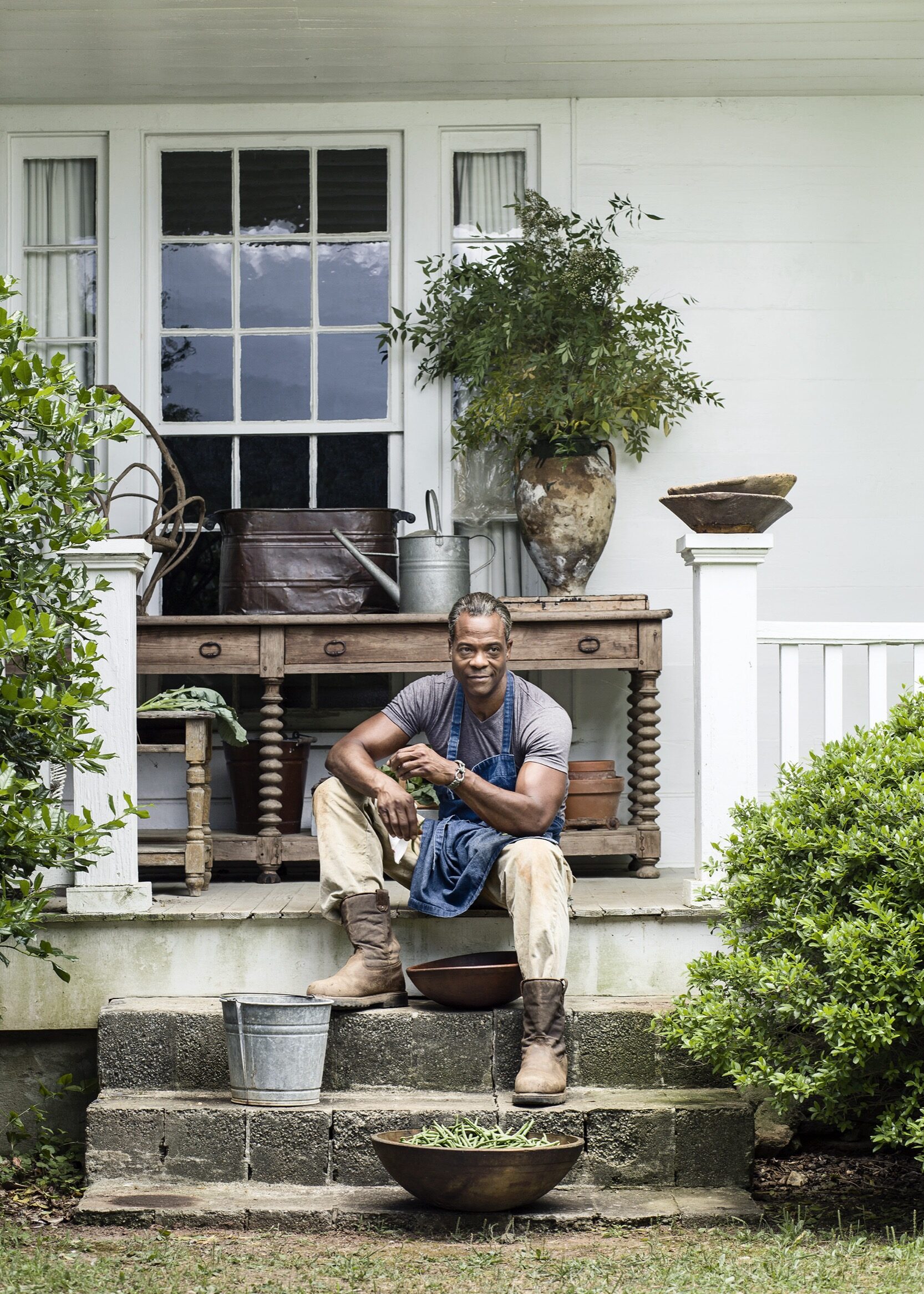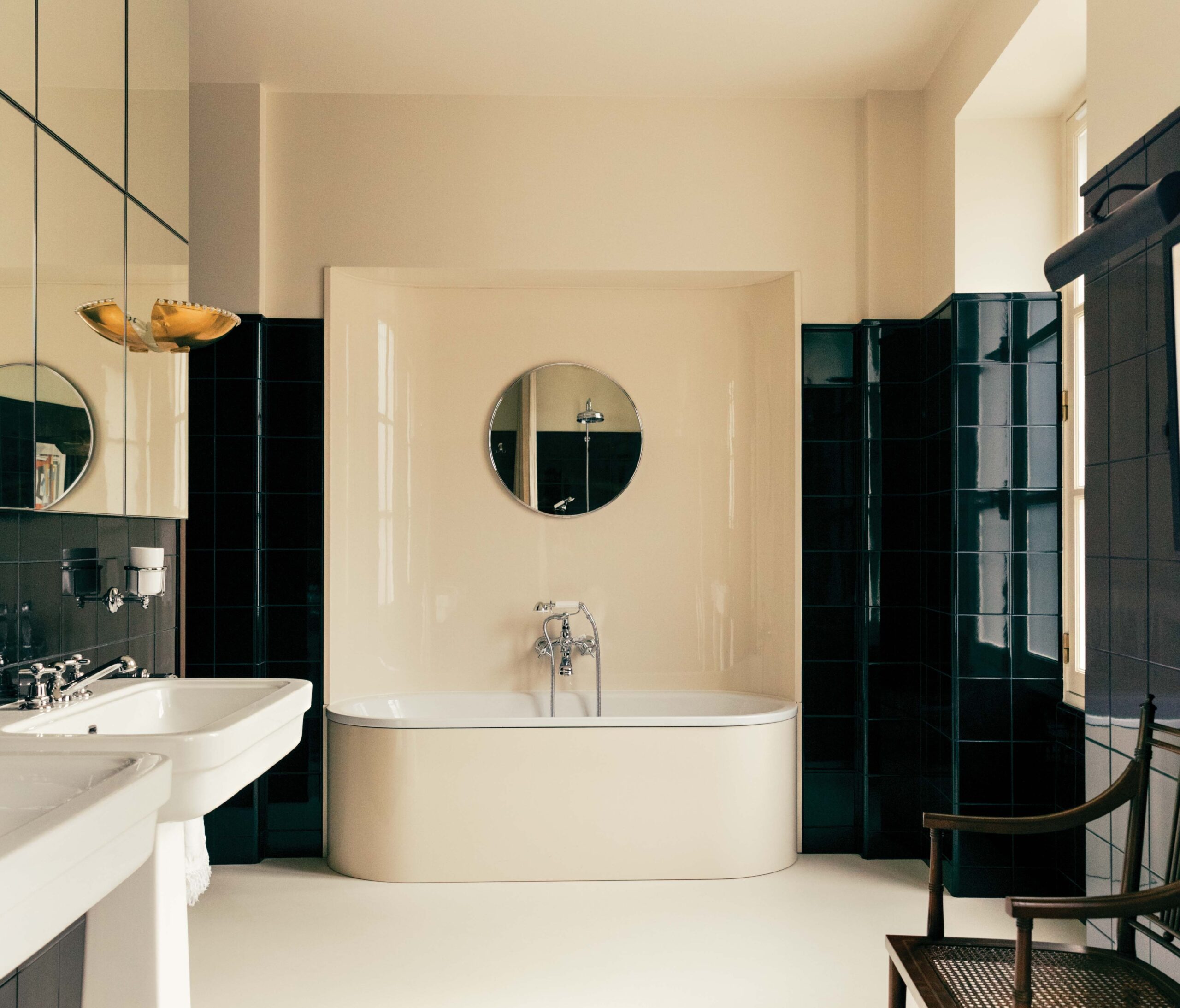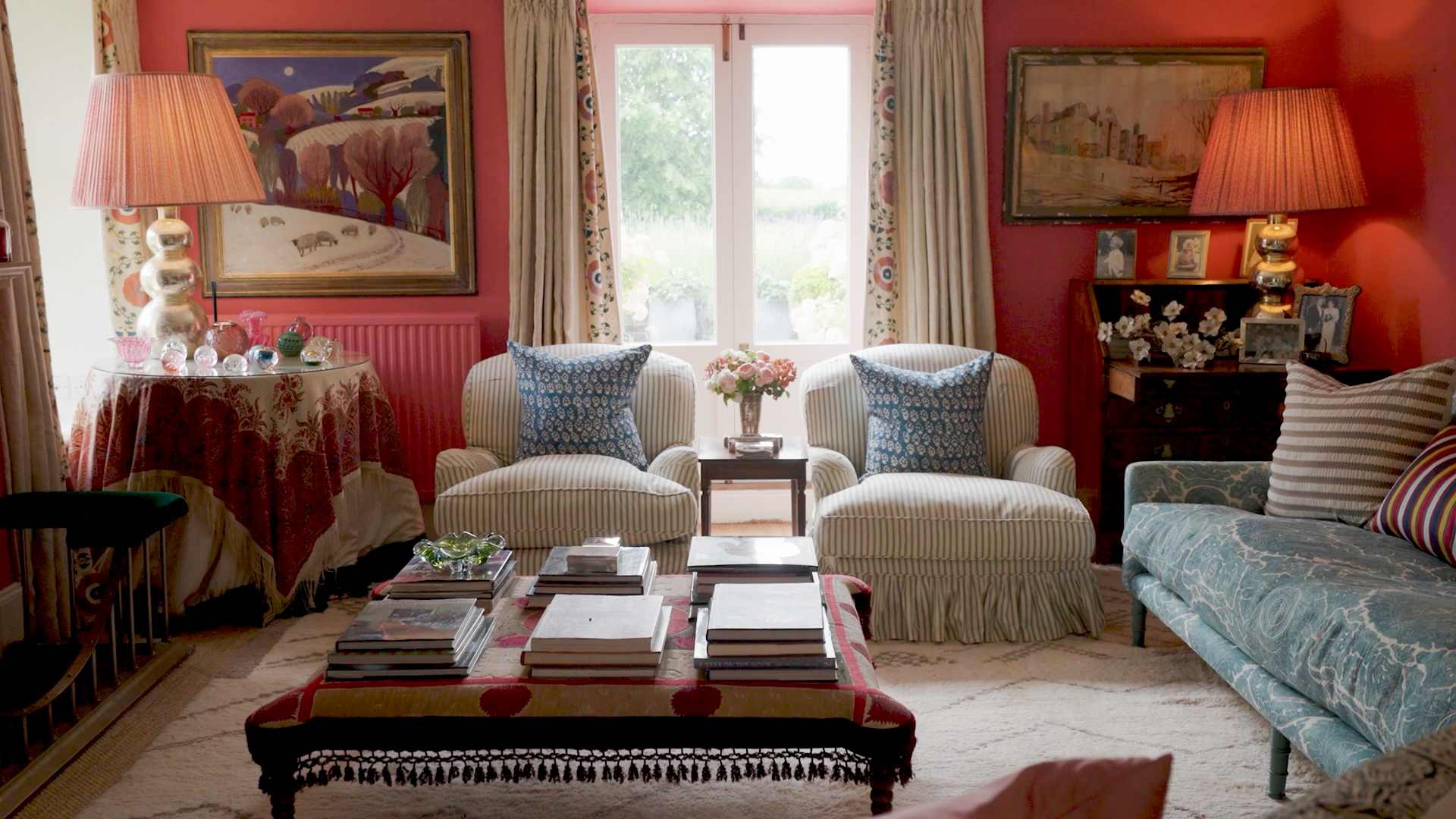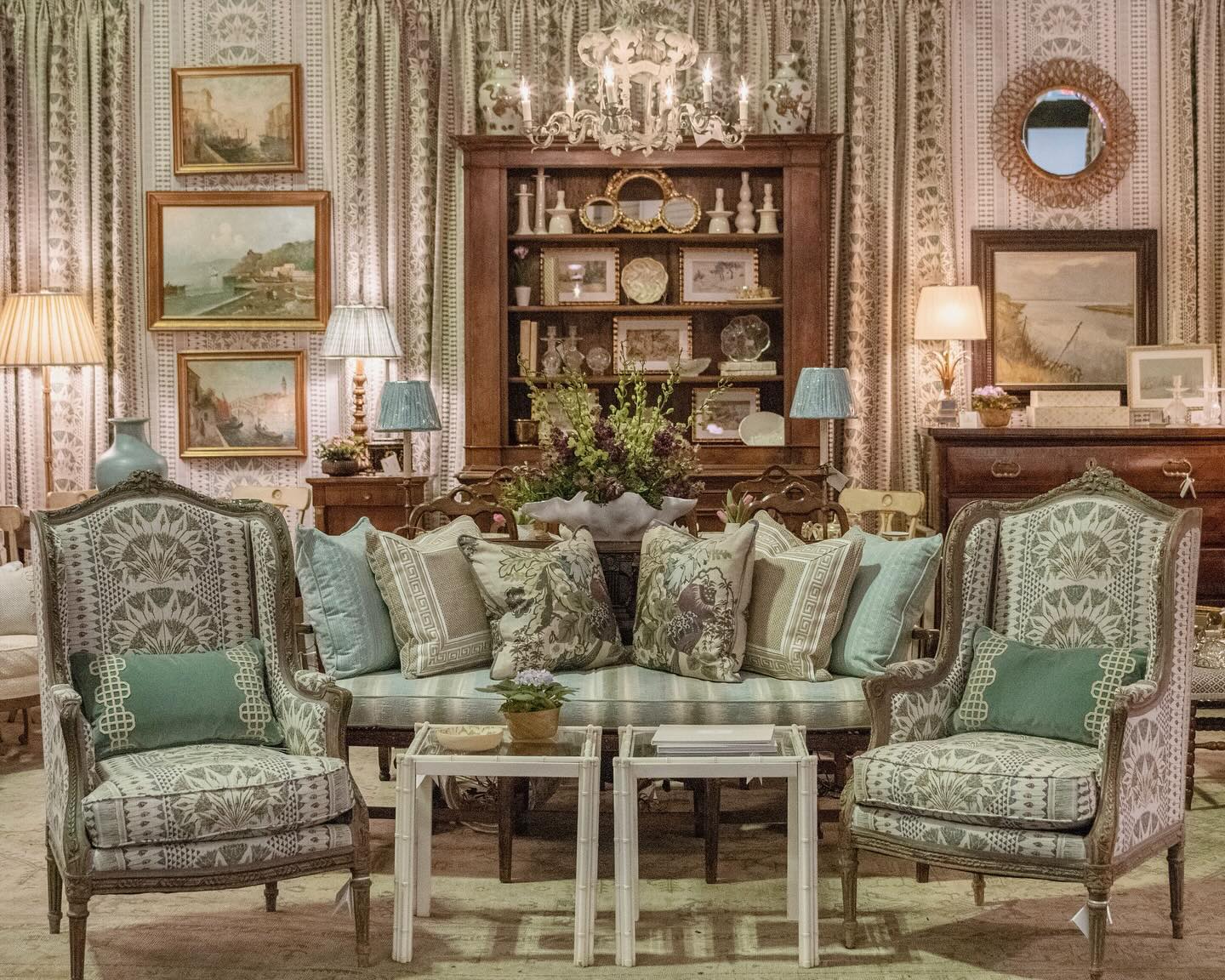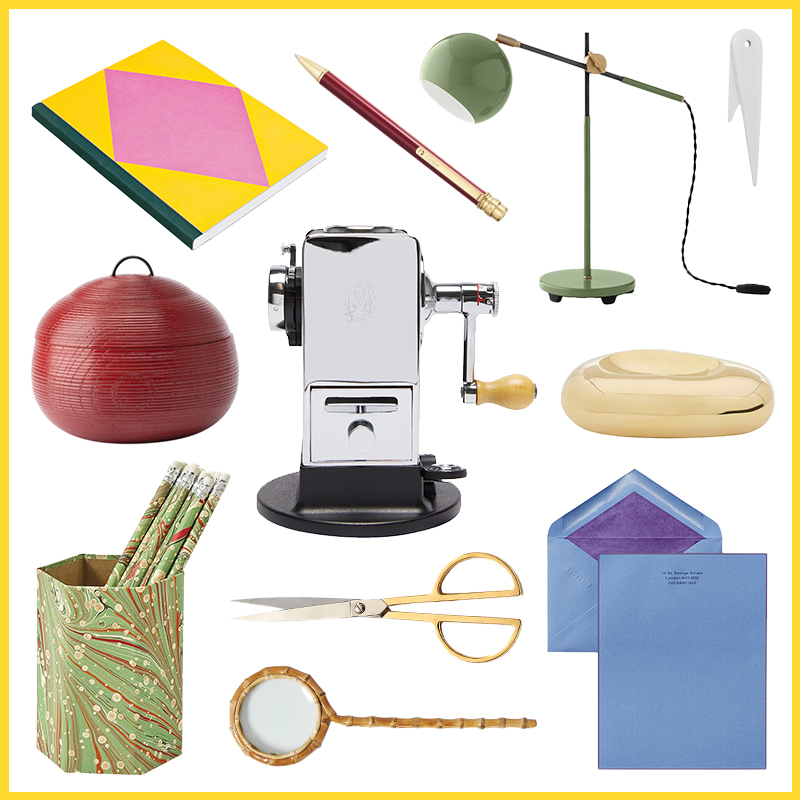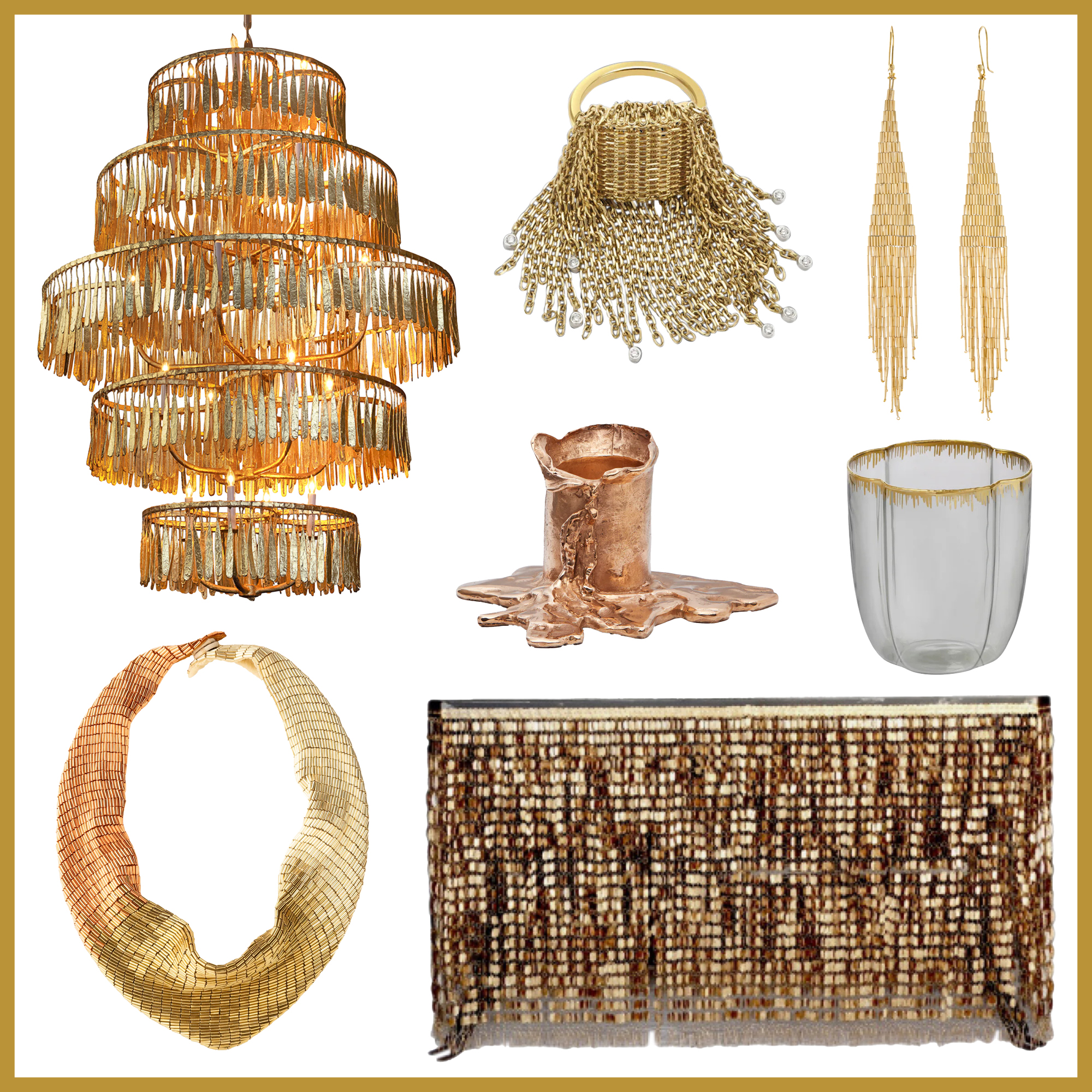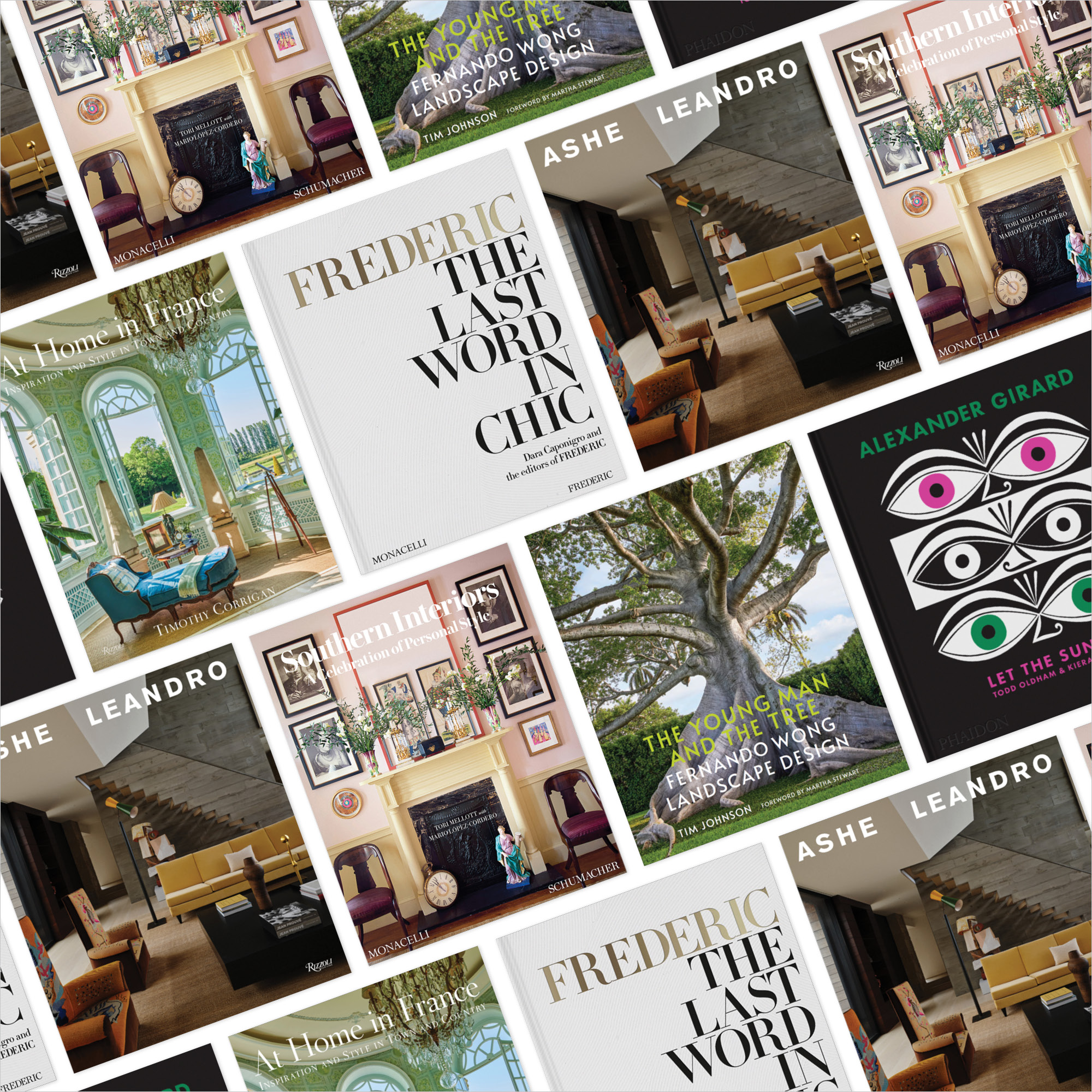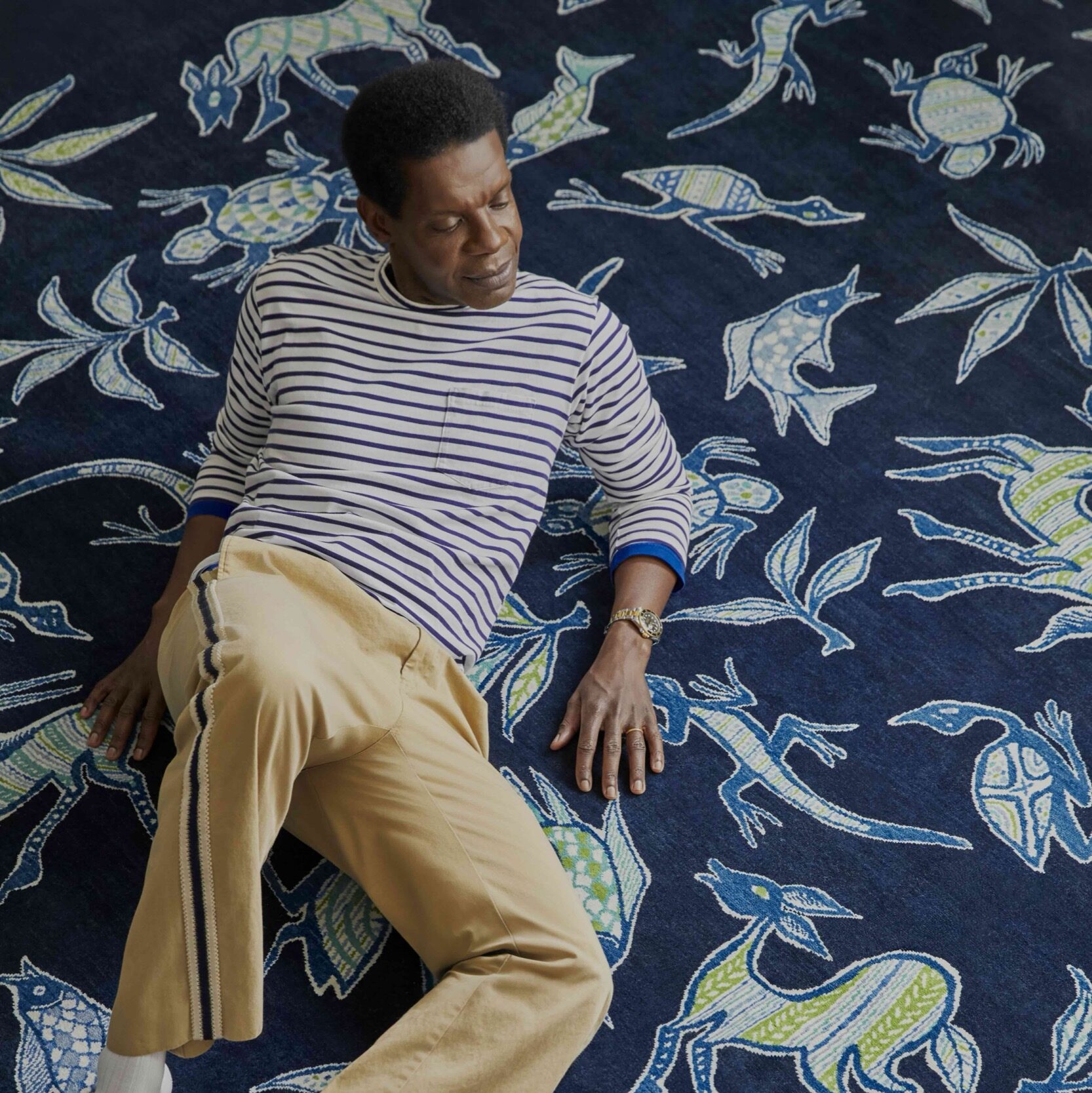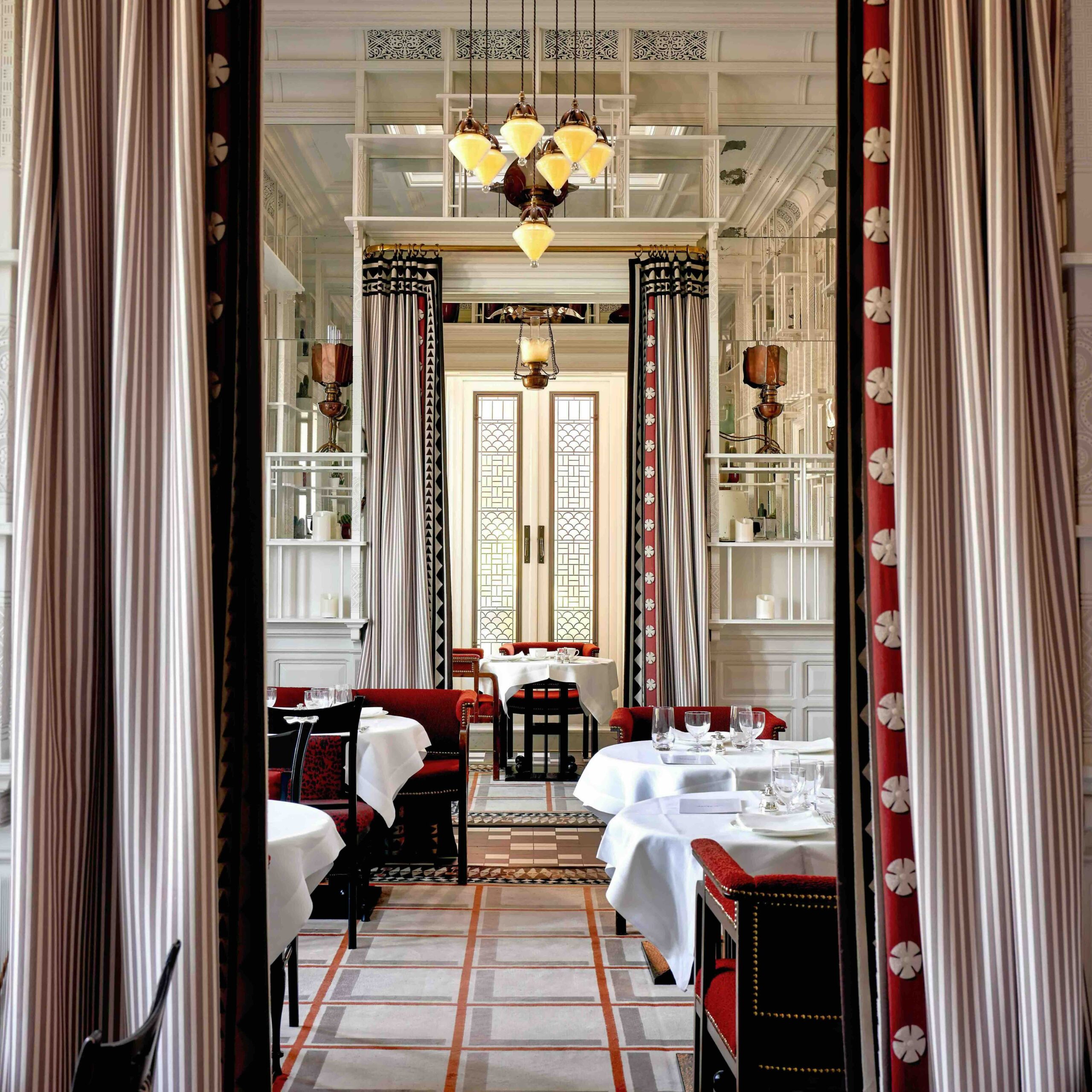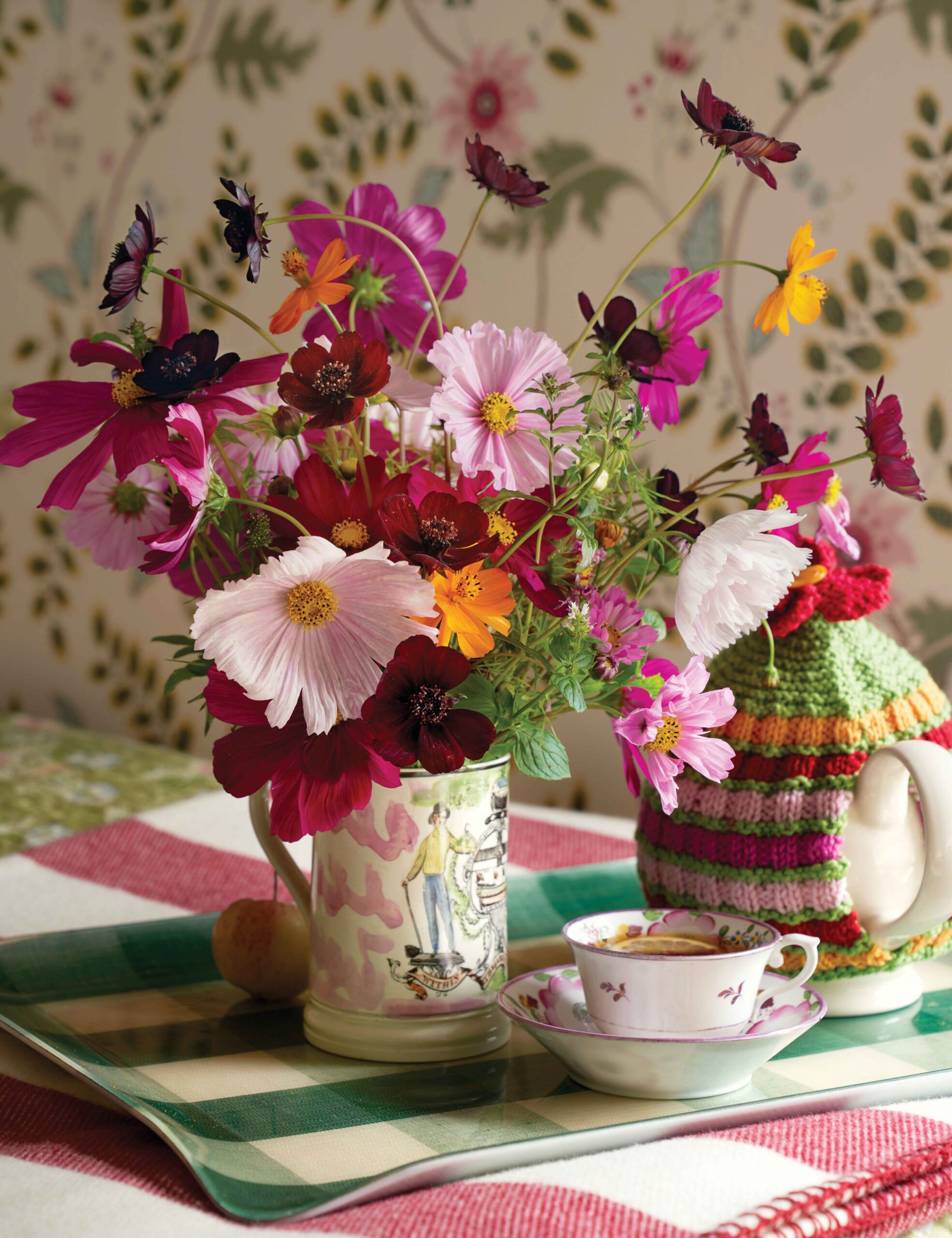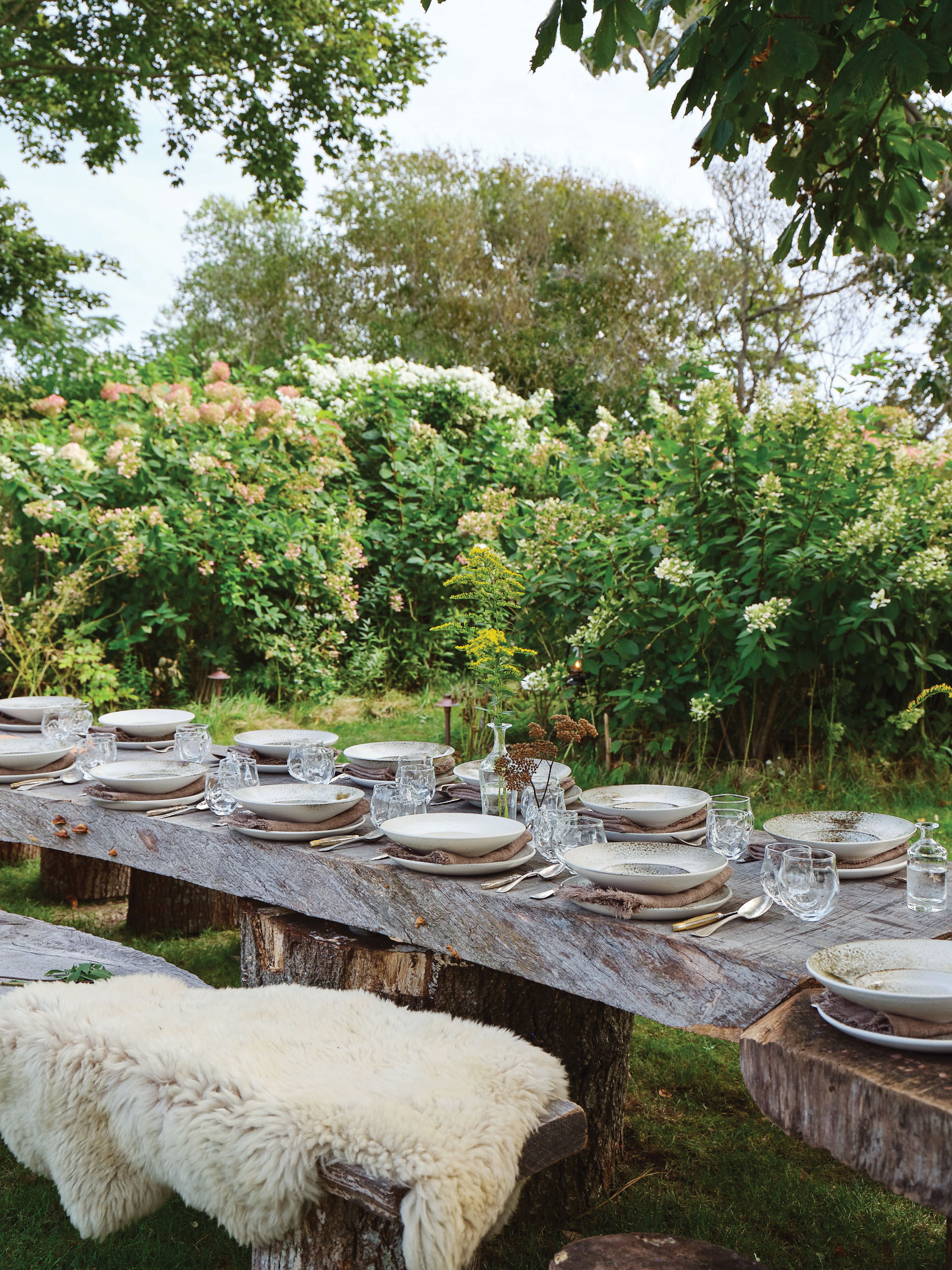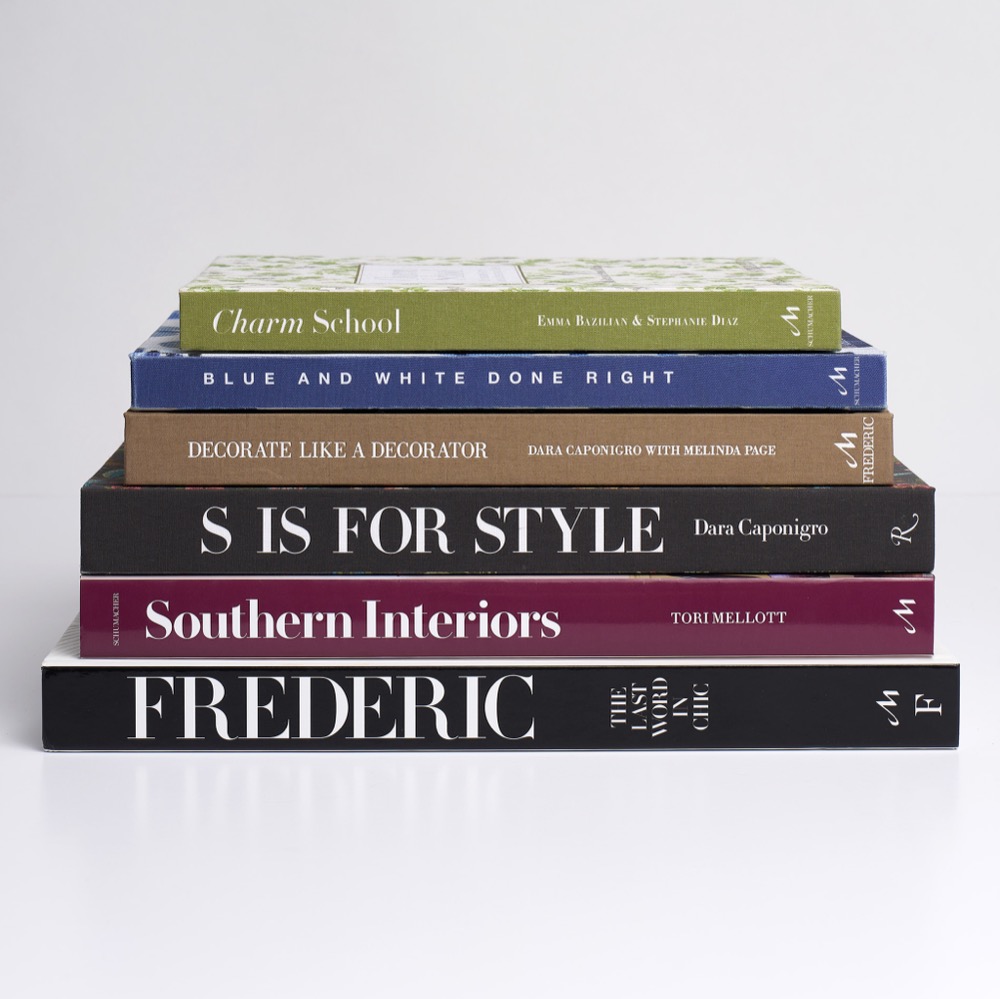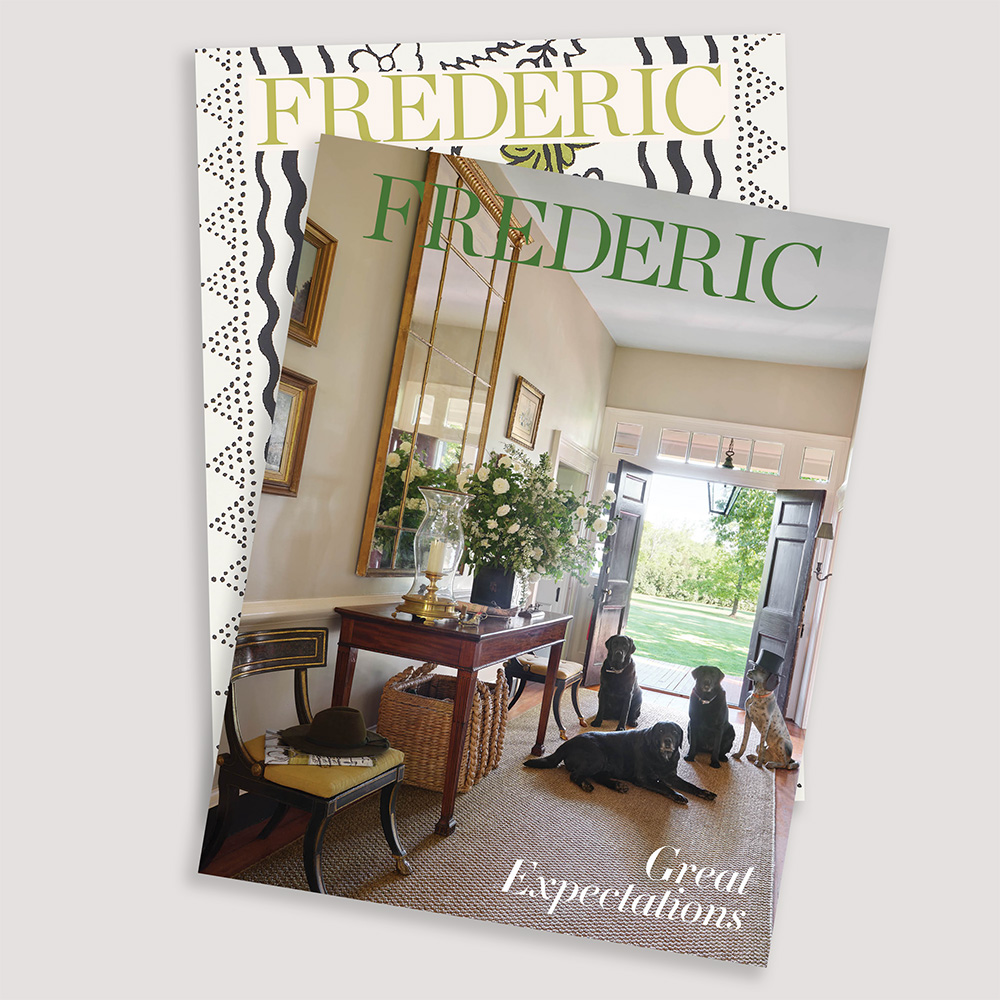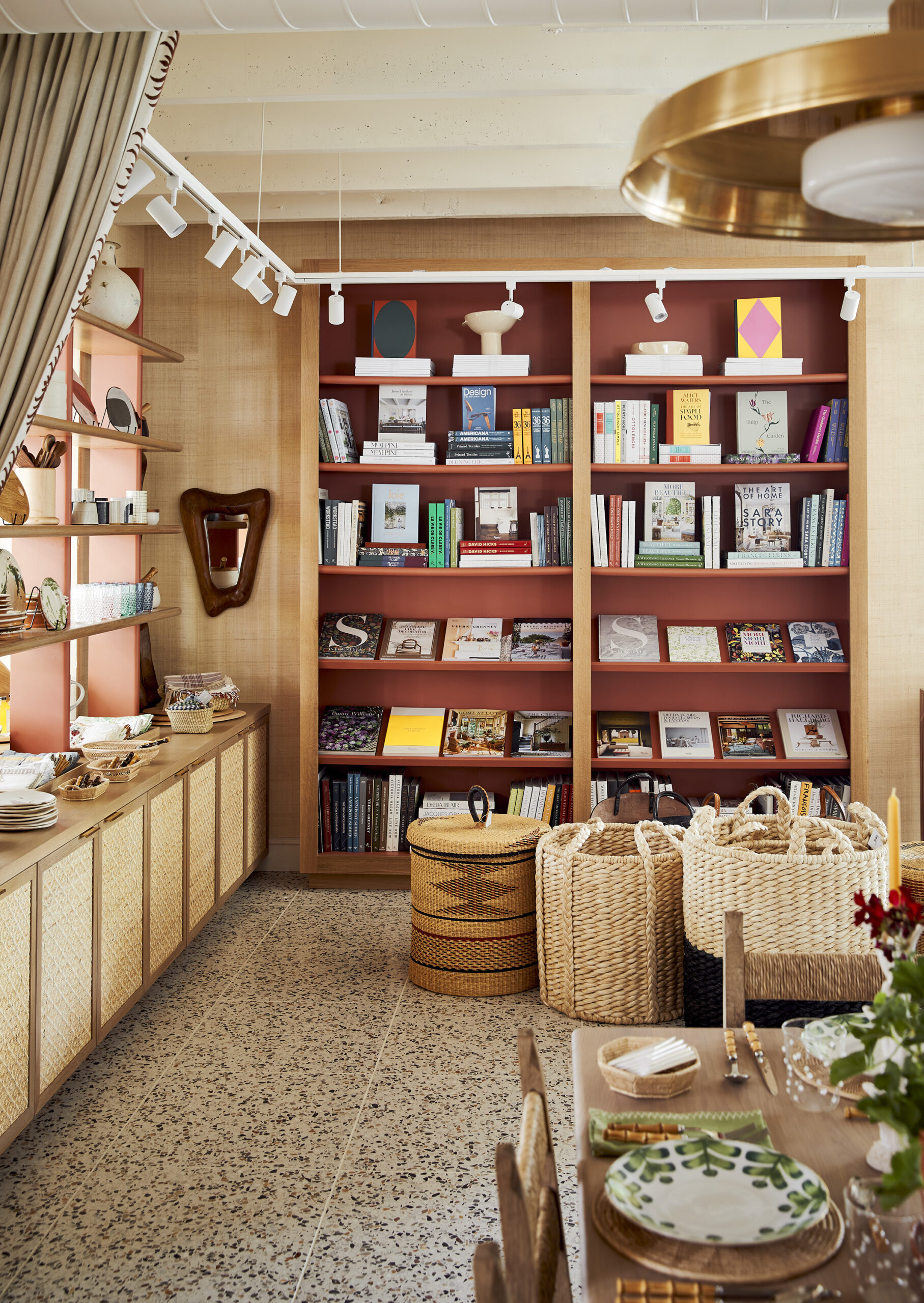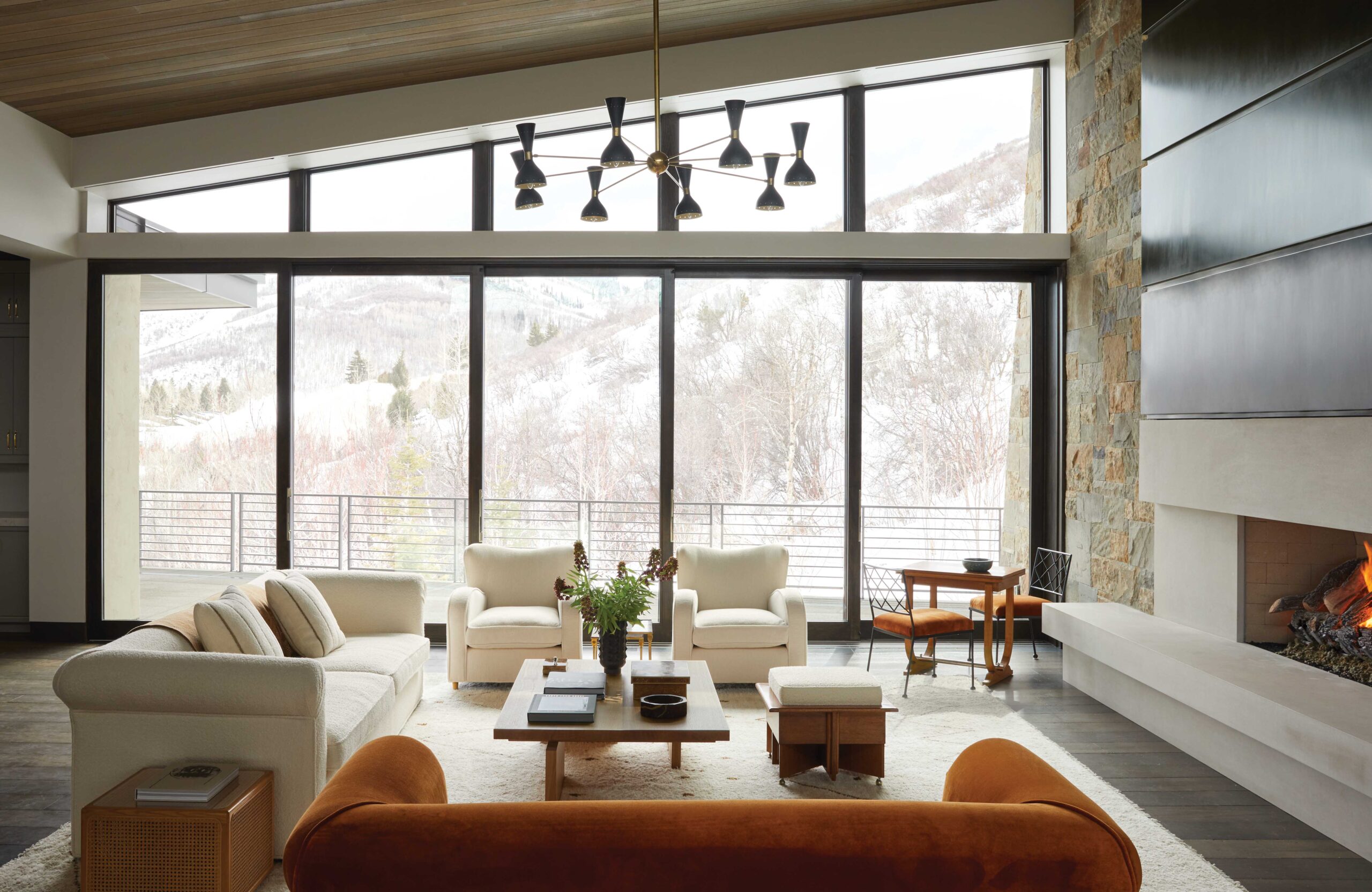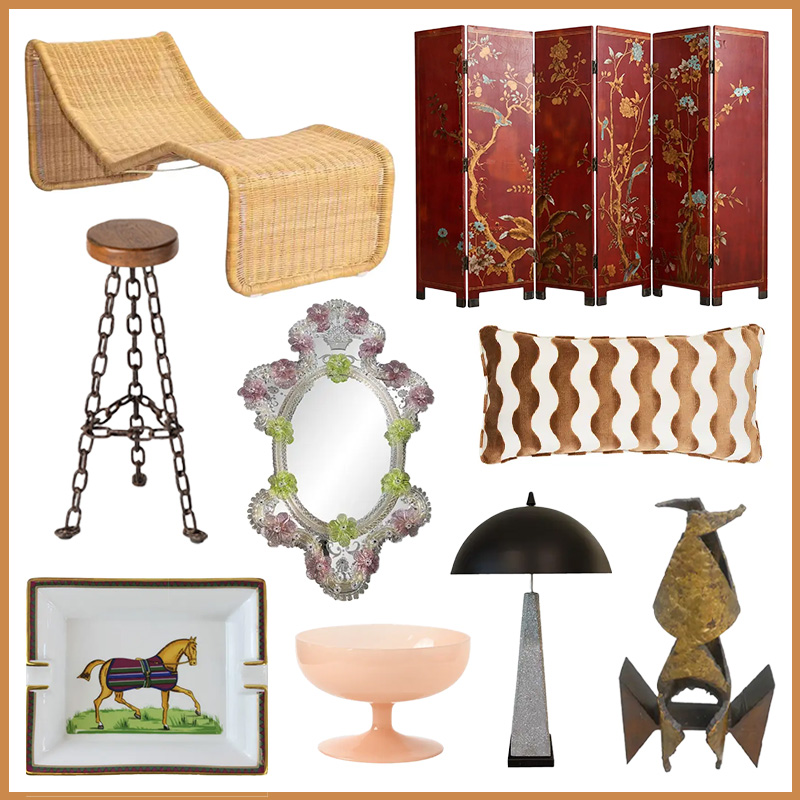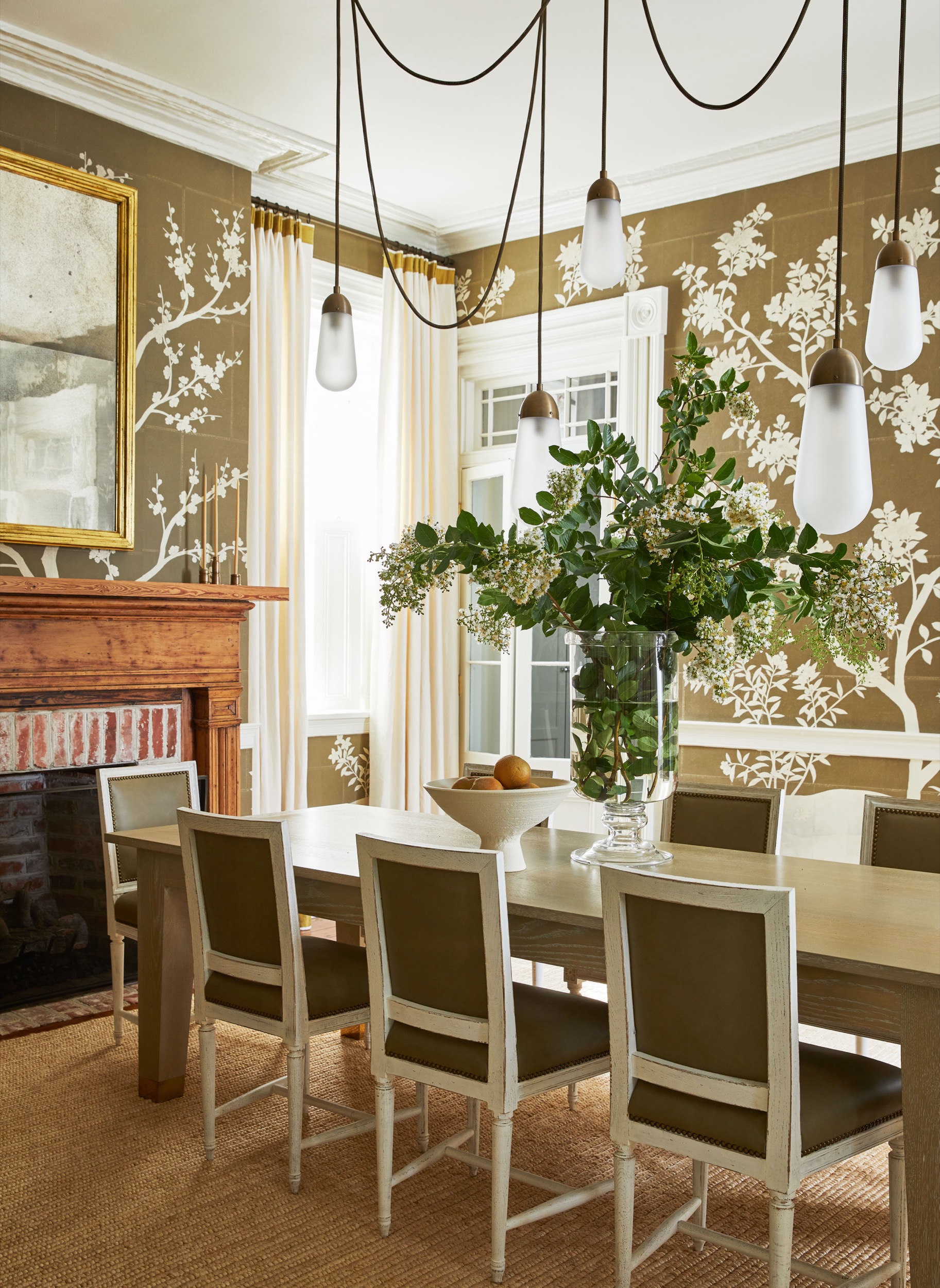The folding screen has been around since the Zhou Dynasty, but this ancient invention still has legs—and very alluring ones at that. Whether deployed as a strategic barrier or to make a major statement, a thoughtfully placed screen instantly creates a movable feast for the eyes.

1. They fill in blank spaces.
Timothy Whealon transformed a bare corner into a moment of architectural interest with a screen that quietly echoes the boxy silhouettes of the room’s other elements.

2. They stylishly hide unwanted visuals.
Functional and fabulous, this black, five-panel model disguises kitchen activity during cocktail hour chez fashion designer Thom Browne.

3. They carve out an intimate nook
An antique painted screen takes the romantic lead in this Bunny Williams-designed bath, gently hugging the tub to create a peaceful cocoon.

4. They can be the middle ground between grand ceilings and casual furniture.
The low-slung furniture and higher-than-high ceilings in Albert Hadley’s 1997 Kips Bay Show House room call for an intermediary: an abbreviated screen that lets the eye rest comfortably in between.

5. They double as a great piece of art.
Tom Scheerer used this high-gloss number as more sculptural objet than functional object, creating a tableau that’s a feast for the eyes.

6. They add contrast to other furniture.
The over-the-top grandeur of a formal room is brought down to earth by Alberto Pinto with a pair of handsome, stitched-leather screens.
THIS ARTICLE ORIGINALLY APPEARED IN VOLUME 2 OF FREDERIC MAGAZINE. CLICK HERE TO SUBSCRIBE!
